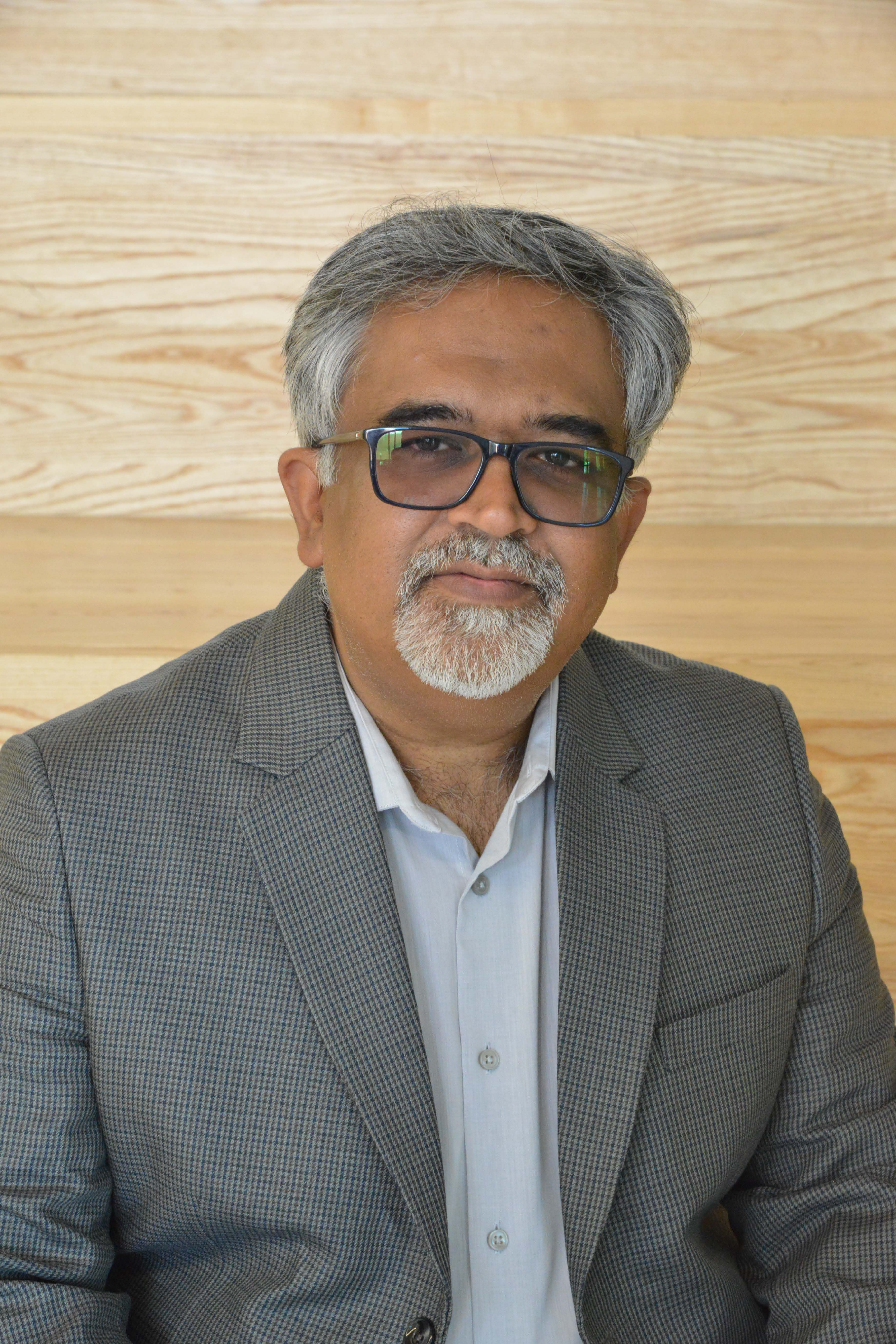Condensed Matter Physics
CONDENSED MATTER PHYSICS
The Condensed Matter Physics Group at Auburn University is devoted to studies of materials, low dimensional structures and thin films used in device and energy applications. By employing an interdisciplinary approach combining physics, electrical engineering, materials sciences, and physical chemistry, we are well-positioned to make important discoveries in microelectronics and nanotechnology. Our group blends experimental and theory/computational efforts whose charter is to push the frontiers in solid state science.
The Ultrafast and Nonlinear Optics Lab (Jin) investigates novel phases of matter in low-dimensional quantum systems with emphasis of the electronic and magnetic structures at surfaces and interfaces. The Wide Band gap Semiconductor Physics group (Dhar) is devoted to materials and electrical studies of wide bandgap materials such as SiC and associated dielectric thin films and their interfaces critical for next-generation power devices. Park Research Group (Park) focuses on materials synthesis/characterization and device fabrication/testing aspects wide band gap semiconductors. The Theory and Computation Group specializes in theoretical studies of thermal transport solids and the effects of materials under high pressure (Dong) as well as the physical properties of interfaces and charge and spin transport in systems of reduced dimensionality (Kuroda).
Faculty: By Area of Research
|
Professor
 Dhar's group investigates materials processing and electrical characterization of wide bandgap materials such as SiC and associated dielectric thin films and their interfaces critical for power electronics.
|
|
The Dong theory group specializes in theoretical studies of energy bands in solids and the effects of materials under high pressure.
|
|
Assistant Professor
 Jin's group investigates novel phases of matter in low-dimensional quantum systems with emphasis of the electronic and magnetic structures at surfaces and interfaces. The experimental techniques include optical second harmonic generation, Raman scattering, ferromagnetic resonance, synchrotron-based x-ray spectroscopy.
|
|
Associate Professor
 Research in Kuroda’s group focuses on theoretical/computational condensed matter physics and the use of materials in applications. Work in his lab comprises topics within materials physics, nanotechnology, and device physics using methodologies that range from first principles calculations to phenomenological models.
|
|
Professor
 The Park Research Group focuses on materials synthesis/characterization and device fabrication/testing aspects wide band gap semiconductors.
|
|
Assistant Professor
 Zhou’s group focuses on developing and applying density functional theory (DFT) simulations, theoretical models, and machine learning techniques to design and predict diverse nanomaterials and quantum materials and reveal their novel electronic, topological, magnetic, optical, and phononic properties.
|

